
Oncoba spinosa - Plant
(MRP Inclusive of all taxes)
- Shipping ₹79 for entire order
- Dispatch in 7 days
- Country of origin: India

(MRP Inclusive of all taxes)
 Save 29%
Save 29%
Air Purifier Money Plant with Pot The Air Purifier Money Plant, also known as Pothos or Epipremnum aureum, is a stunning indoor plant that...
View full details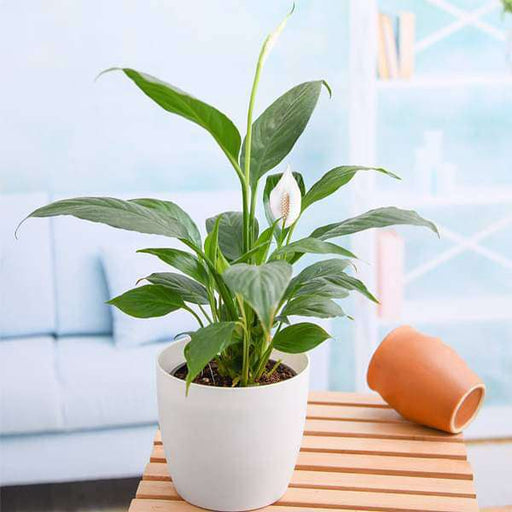
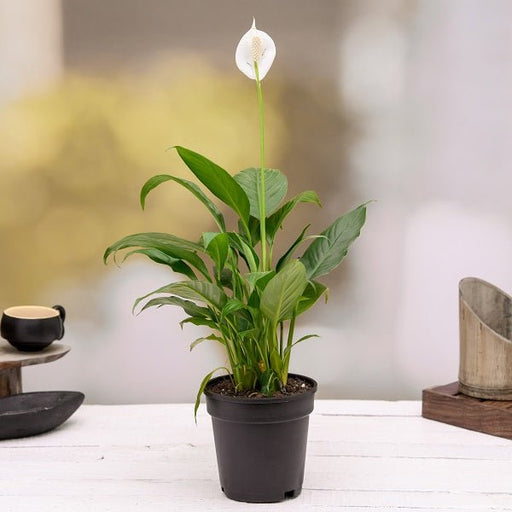 Save up to 15%
Save up to 15%
Peace Lily, Spathiphyllum - Plant The Peace Lily, scientifically known as Spathiphyllum, is a stunning houseplant celebrated for its elegant white...
View full details
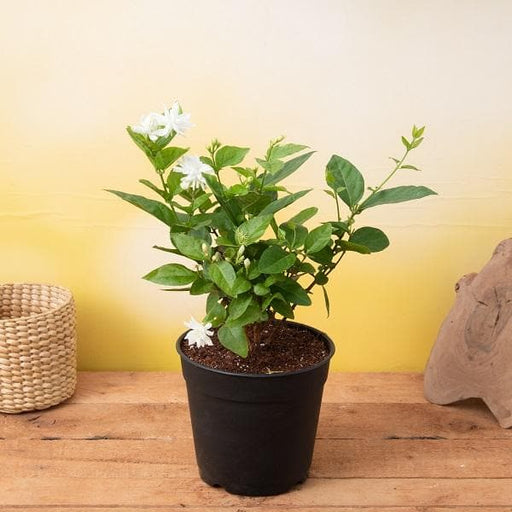 Save 25%
Save 25%
Jasminum sambac, Mogra, Arabian Jasmine - Plant Jasminum sambac, commonly known as Mogra or Arabian Jasmine, is a fragrant flowering plant...
View full details
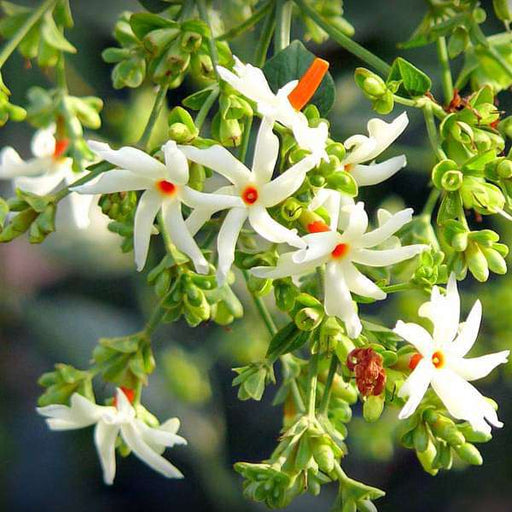 Save 18%
Save 18%
Combo Constituents Includes the Parijat Tree (Night-Flowering Jasmine), a culturally significant plant with fragrant flowers. Description The Pari...
View full details
 Save 25%
Save 25%
Miniature Rose, Button Rose (Any Color) - Plant The Miniature Rose, also known as the Button Rose, is a charming and compact flowering plant that ...
View full details Save 25%
Save 25%
Damascus Rose, Scented Rose (Any Color) - Plant The Damascus Rose, also known as Rosa damascena, is a timeless symbol of beauty and romanc...
View full details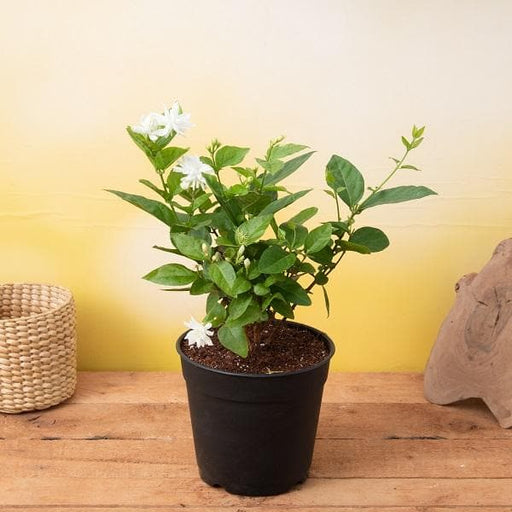
 Save 17%
Save 17%
Beautiful Fragrant Mogra, Arabian Jasmine Plant with Pot The Beautiful Fragrant Mogra, also known as Arabian Jasmine (Jasminum sambac), is...
View full details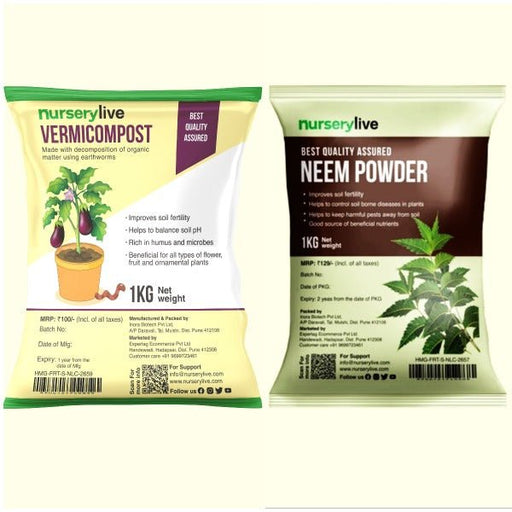 Save 15%
Save 15%
Pack of Vermicompost and Neem Cake for House Plants Transform your indoor garden with our premium Pack of Vermicompost and Neem Cake, spec...
View full details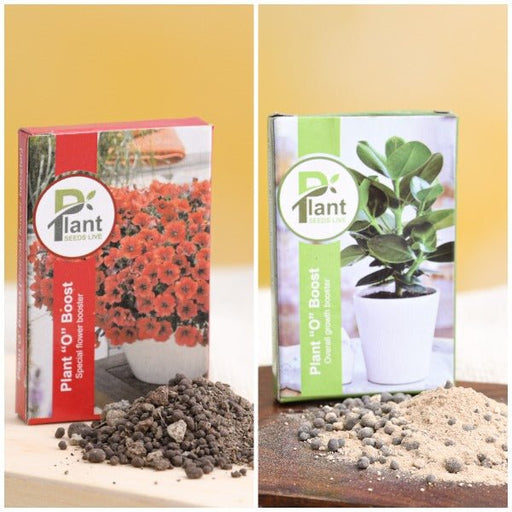
Pack of Plant Growth and Flower Boosters Unlock the full potential of your garden with our Pack of Plant Growth and Flower Boosters! This ...
View full details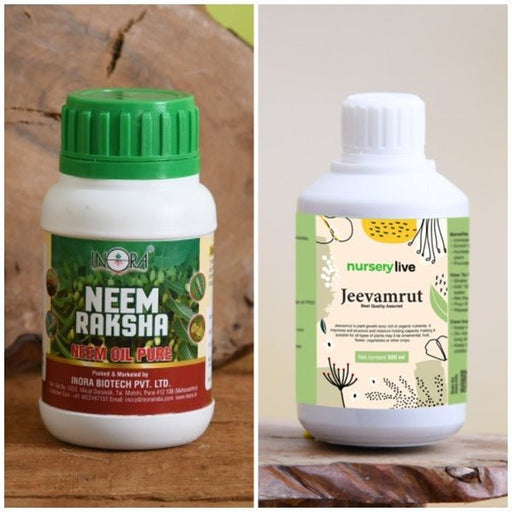 Save 38%
Save 38%
Combo of Jeevamrut and Neem Raksha for Easy Growth and Protection of Houseplants Transform your indoor garden with our exclusive combo of ...
View full details Save 22%
Save 22%
Plant Nutrients Kit (Pack of 16) for a Healthy Garden Transform your garden into a lush paradise with our Plant Nutrients Kit, featuring 1...
View full details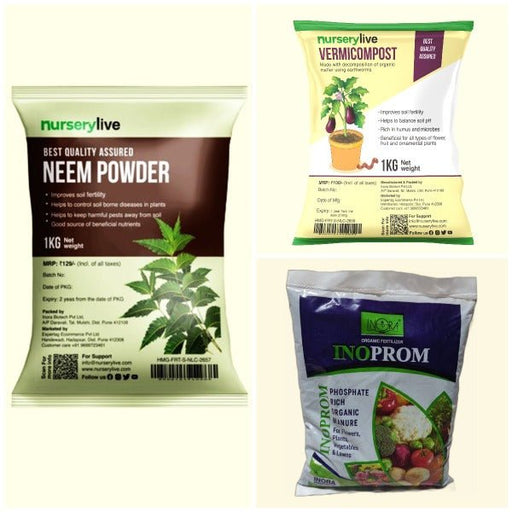 Save 16%
Save 16%
Combo of Top Plant Fertilizers Elevate your gardening game with our exclusive Combo of Top Plant Fertilizers, featuring two bags of premiu...
View full details Save 24%
Save 24%
Pack of 4 Additives to Make Soil Healthy and Nutrient Rich Transform your garden into a thriving ecosystem with our Pack of 4 Additives de...
View full details Save 30%
Save 30%
Transform your gardening experience with our premium Combo of Perlite and Vermiculite. This unique blend is designed to enhance soil aeration and ...
View full details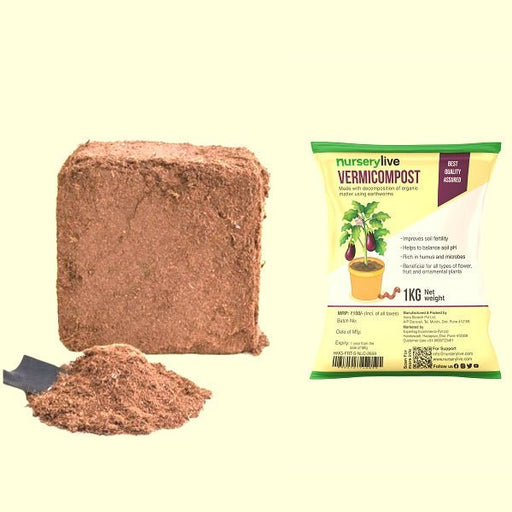 Save 27%
Save 27%
Combo of 2 Vermicompost and Cocopeat - Enrich Your Soil Naturally! Transform your garden into a thriving ecosystem with our Combo of 2 Ver...
View full details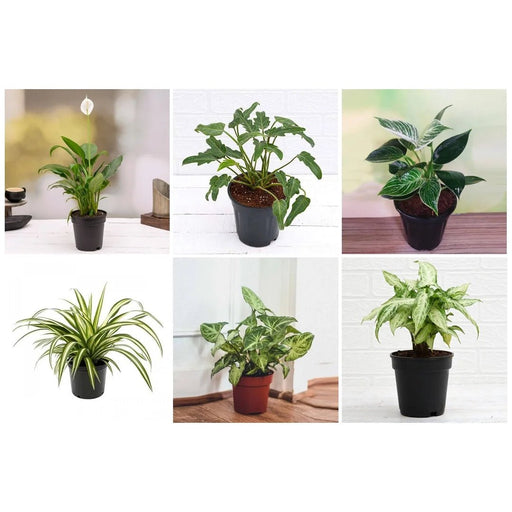
 Save 35%
Save 35%
Best 6 Plants for Perfect Indoor Garden Transform your living space into a lush oasis with our curated collection of the Best 6 Plants for a...
View full details
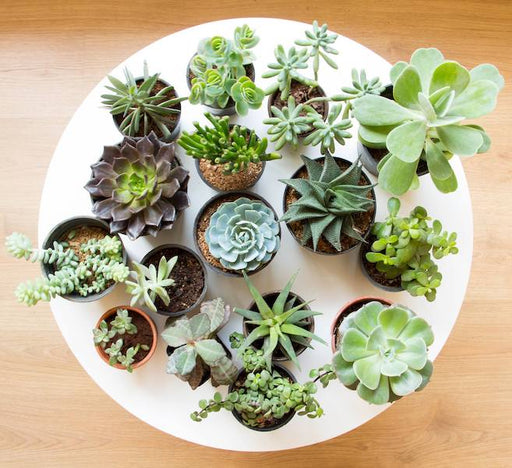 Save up to 50%
Save up to 50%
Mini Succulent Garden Pack Transform your space with our Mini Succulent Garden Pack, featuring a delightful collection of 4 any variety beautiful s...
View full details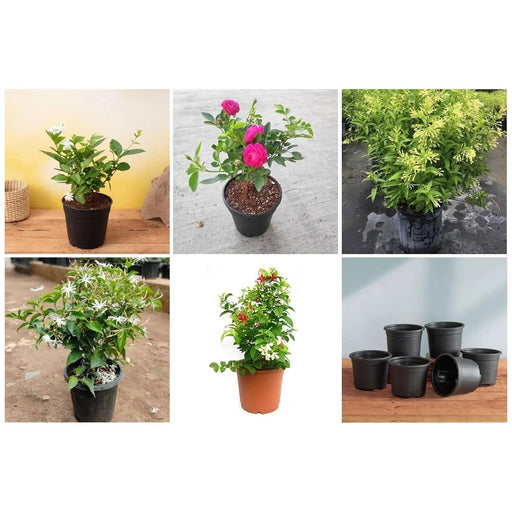
 Save 30%
Save 30%
5 Best Fragrant Plants Transform your garden or indoor space into a fragrant paradise with our curated selection of the 5 Best Fragrant Plants. Th...
View full details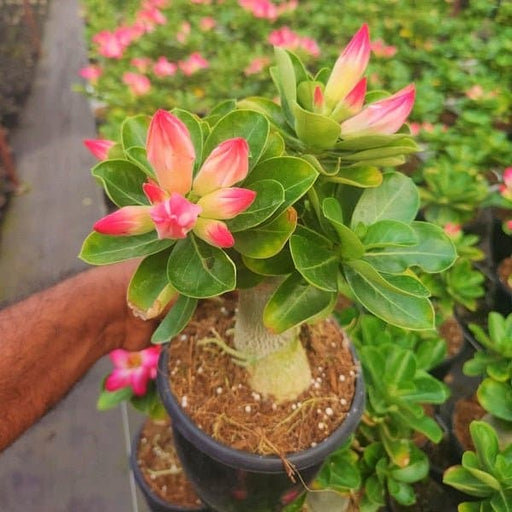
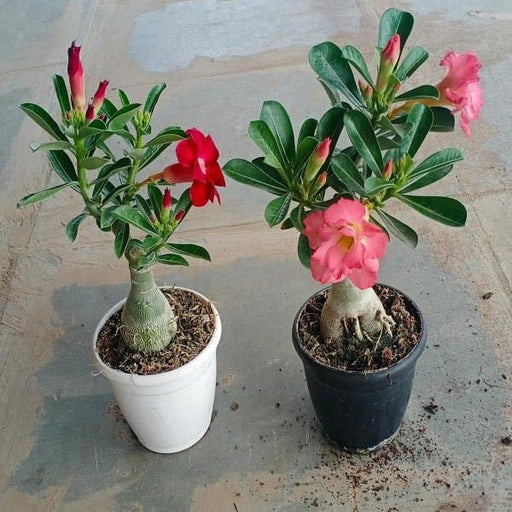 Save 24%
Save 24%
Set of 2 Bonsai Looking Grafted Adeniums Transform your indoor or outdoor space with our exquisite Set of 2 Bonsai Looking Grafted Adenium...
View full details Save 45%
Save 45%
Top 4 Die Hard Succulents Pack Transform your indoor or outdoor space with our Top 4 Die Hard Succulents Pack, featuring a curated selecti...
View full details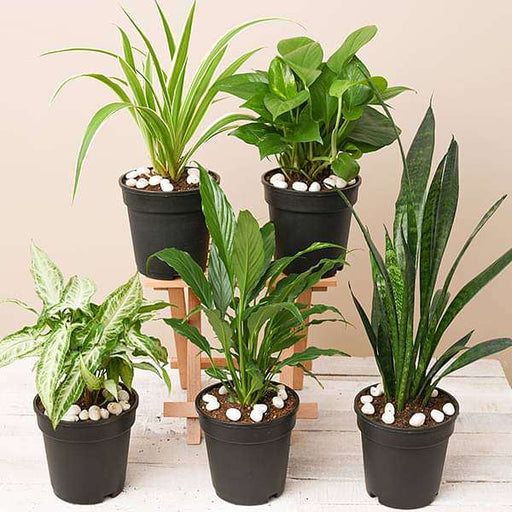
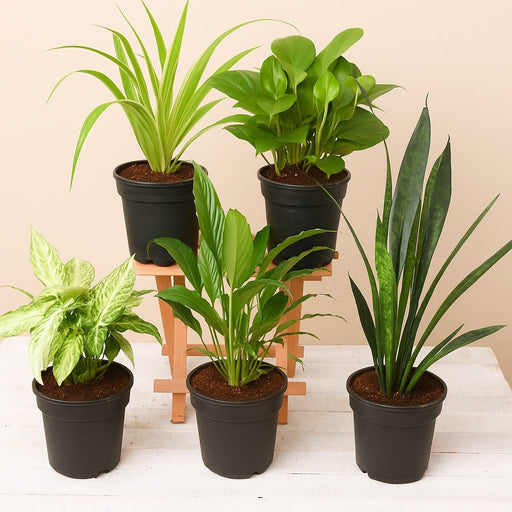 Save 30%
Save 30%
5 Best Indoor Plants Pack Transform your living space into a lush oasis with our '5 Best Indoor Plants Pack.' This carefully curated collection fe...
View full details
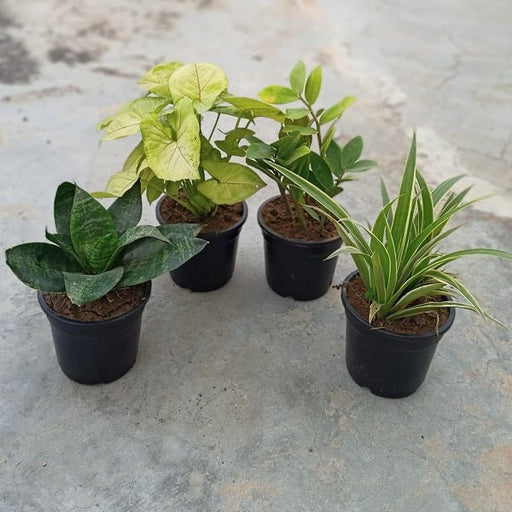 Save 25%
Save 25%
Set of 4 Evergreen Air Purifier Plant Pack Transform your indoor space into a lush, green oasis with our Set of 4 Evergreen Air Purifier Pla...
View full details| SrNo | Item Name |
|---|---|
| 1 | Oncoba spinosa - Plant |
Oncoba spinosa, commonly known as the spiny tree or wild orange, is a remarkable plant native to the arid regions of Africa and Madagascar. This deciduous shrub can grow up to 3 meters tall and is characterized by its thorny branches and striking white to yellow flowers that bloom in the spring. The plant produces small, edible fruits that are not only a food source for wildlife but also have potential medicinal properties.
What makes Oncoba spinosa special is its resilience to harsh environments, thriving in poor, sandy soils with minimal water. This adaptability makes it an excellent choice for xeriscaping and sustainable gardening. Its unique appearance and fragrant flowers also attract pollinators, contributing to local biodiversity.
One of the standout features of Oncoba spinosa is its ability to fix nitrogen in the soil, enhancing soil fertility and promoting a healthier ecosystem. This plant is not just visually appealing; it plays a vital role in its environment, making it a valuable addition to any garden.
Oncoba spinosa plays a crucial role in its ecosystem by improving soil quality and providing habitat for various species. Its ability to fix nitrogen helps restore degraded lands, making it an excellent choice for reforestation projects. By incorporating this plant into your garden, you contribute to a healthier environment and promote biodiversity.
If you’re looking for a plant that’s as versatile as a Swiss Army knife, look no further than Oncoba spinosa. This spiny wonder isn’t just a pretty face; it offers a plethora of benefits. From its medicinal properties to its ability to attract wildlife, this plant is the ultimate multitasker. Need shade? Check. Want to impress your friends with your exotic garden? Double check. With its striking flowers and unique foliage, Oncoba spinosa is the botanical equivalent of a celebrity—everyone wants a piece of it.
Caring for Oncoba spinosa is like nurturing a diva; it requires attention but rewards you with beauty. This plant thrives in well-drained soil and loves a good sunbath, so don’t skimp on the sunlight. Water it just enough to keep it happy, but don’t drown it—this isn’t a swimming pool party. With a little TLC, your Oncoba spinosa will flourish and become the star of your garden.
If you’re impatiently waiting for your Oncoba spinosa to grow, you’re in for a treat. This plant has a moderate growth rate, meaning it won’t take forever to reach its full glory. With the right conditions, you’ll see it sprout and stretch its spiny limbs in no time. Just remember, good things come to those who wait—so don’t rush it, or you might end up with a plant that’s more “meh” than magnificent.
Propagating Oncoba spinosa is like playing matchmaker for plants. You can do it through seeds or cuttings, and with a little patience, you’ll have a whole new batch of spiny companions. Just make sure to give them the right environment to thrive, and soon you’ll be the proud parent of multiple Oncoba spinosa plants. Who knew being a plant parent could be this rewarding?
The uses of Oncoba spinosa are as diverse as a buffet table. From landscaping to traditional medicine, this plant has got it all. Its striking flowers can add a pop of color to any garden, while its leaves have been used in folk remedies. Whether you’re looking to beautify your space or tap into its medicinal properties, Oncoba spinosa is the plant that keeps on giving.
Oncoba spinosa is a true globetrotter, thriving in various habitats from arid regions to tropical climates. This adaptability makes it a favorite among gardeners who want a resilient plant that can handle a bit of everything. Whether you live in a dry desert or a humid jungle, Oncoba spinosa is ready to set up shop and show off its spiky charm.
Like any diva, Oncoba spinosa can attract a few unwanted guests. Pests such as aphids and spider mites may try to crash the party, but fear not! With a little vigilance and some organic pest control methods, you can keep your plant pest-free. After all, no one wants a garden that’s overrun by uninvited critters.
If Oncoba spinosa had a wish list, well-drained soil would be at the top. This plant isn’t a fan of soggy feet, so make sure to provide it with a soil mix that allows for proper drainage. A little organic matter can go a long way in keeping your Oncoba spinosa happy and healthy. Think of it as giving your plant a luxurious spa treatment—because it deserves it!
When it comes to flowering, Oncoba spinosa knows how to make an entrance. Its unique blooms are not just eye-catching; they also attract pollinators like bees and butterflies. Imagine a garden filled with fluttering wings and vibrant colors, all thanks to this fabulous plant. So, if you want to be the talk of the neighborhood, plant an Oncoba spinosa and let the floral show begin.
If you’re looking to spice up your landscaping game, Oncoba spinosa is your go-to plant. Its unique shape and striking flowers can serve as a focal point or a stunning backdrop. Whether you’re designing a tropical paradise or a desert oasis, this plant can fit right in. Plus, its spiny nature adds a touch of drama—who doesn’t love a little flair in their garden?
Oncoba spinosa is like that friend who can adapt to any situation. It thrives in a variety of climates, from warm and dry to humid and tropical. This makes it a fantastic choice for gardeners in different regions. Just remember, while it’s adaptable, it still prefers a bit of sunshine and well-drained soil to truly shine. So, give it the right conditions, and watch it flourish!
Oncoba spinosa, also known as the wild orange, is a spiny shrub native to Africa. It boasts vibrant yellow flowers and edible fruit, making it a delightful addition to any garden. Just be careful of those thorns; they’re not as friendly as the flowers!
This spiky superstar thrives in arid and semi-arid regions of Africa. It loves sandy soils and can often be found in savannas and woodlands. If you’re looking for a plant that can handle the heat, Oncoba spinosa is your go-to!
Oncoba spinosa isn’t just a pretty face! Its fruit is edible and can be used in jams or eaten fresh. Additionally, the plant has traditional medicinal uses, making it a versatile gem in the plant kingdom. Who knew spines could be so useful
Absolutely! Oncoba spinosa is like the desert’s best friend. It’s highly drought-tolerant, making it perfect for those who forget to water their plants. Just plant it, sit back, and let it thrive while you sip your iced tea!
Propagation is as easy as pie! You can grow Oncoba spinosa from seeds or cuttings. Just ensure you have well-draining soil and a sunny spot. Before you know it, you’ll have a mini spiny forest in your backyard!
Oncoba spinosa loves full sun and well-drained soil. It’s not picky about soil type, but it prefers a sandy or loamy mix. Just remember, it’s a sunbather at heart, so keep it away from shady spots!
While Oncoba spinosa is not toxic, those spines can be a real hazard for curious pets. If your furry friend has a penchant for exploring, it’s best to keep this prickly plant out of their reach. Safety first, spines second!
Watering Oncoba spinosa is like a first date—don’t overdo it! Allow the soil to dry out between waterings, especially during the growing season. This plant prefers a little neglect, so give it a break and let it shine!
Oncoba spinosa is quite the tough cookie and resists many pests. However, watch out for aphids and scale insects. If they crash the party, a gentle spray of water or insecticidal soap should send them packing!
While Oncoba spinosa prefers the great outdoors, it can be grown indoors if you have a sunny spot. Just make sure it has enough space to stretch its spiny limbs. Indoor gardening just got a little more adventurous!
Oncoba spinosa is a long-lived plant, often thriving for several decades. With the right care, it can become a cherished part of your garden for years to come. Talk about a commitment that doesn’t require a ring!